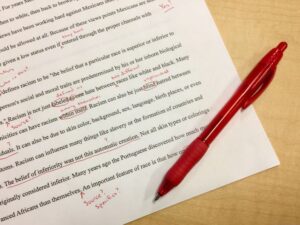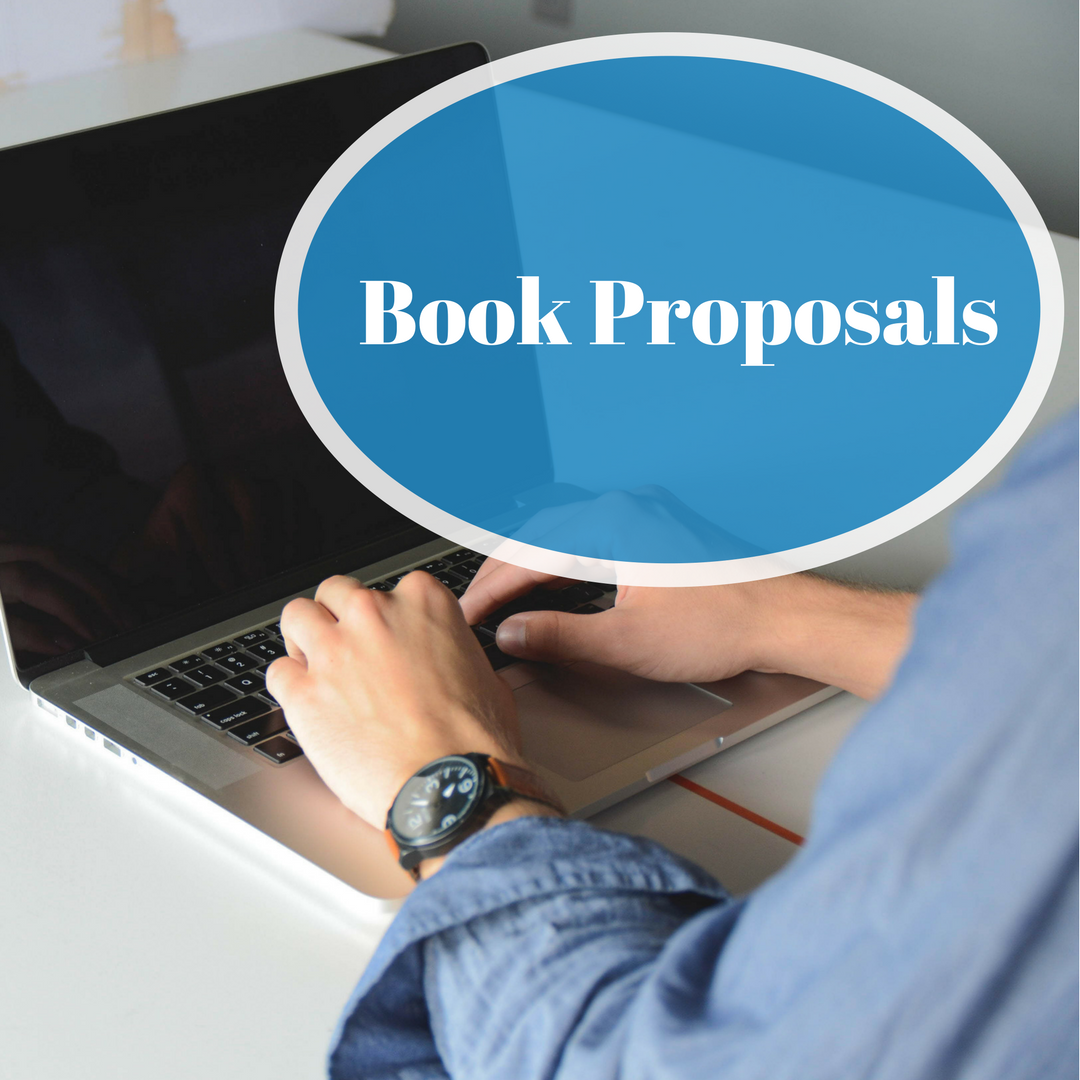Among writers in the publishing community, there is a false belief that my submission does not have to be perfect because the editor will fix any mistakes. After all, isn’t that what editors do?
While I’ve been an editor for decades, I’ve also been a writer. I believe it is important for writers to understand some of what editors’ face. A key responsibility for every editor is to produce the best possible magazine or book for their company. They want every publication to be as excellent as possible. In their search for content, they are looking for the best possible writing for their particular audience. To catch their attention, you want your submission to be a fit for what they need and as enticing as possible.
“You only get one chance to make a good first impression.”
An old yet true saying,
The first impression from your submission is a critical factor. As a writer, you do not want to be missing some crucial element for the editor. The hardest missing element to find with your submission is something that is not there.
Another important element for you to know about editors is many editors are not writers. Yes, they write emails or guidelines but they do not write for publication (magazine or books). Their expertise is in management of workflow and excellent editing skills. Also, a number of my editor colleagues do not teach workshops at writers’ conference. It is simply not in their skill set. These individuals can recognize excellent writing and can adjust your writing but not create it in the first place which is a different skill.

Recently I spoke with a bestselling author and asked about her forthcoming books. She admitted that she had no forthcoming books because she had not written a book proposal or made a pitch through a query letter. If you want to be published at a magazine or publisher, you have to learn how to craft an enticing book proposal or query letter then be pitching it consistently until you find an editor who is interested. Every magazine and publisher has expectations about what they need. They spell out these expectations in their guidelines which are often on their website. The simple steps are to study their guidelines and what they publish, and then send the editor what they need.
While writing is a creative endeavor, publishing is a business.
As you understand the business, marketing and selling aspects of publishing, this information will feed into your submission and you will become more of the type of writer that editors want to work with and publish.
I’ve been in some of the top literary agencies and publishers in the United States, the good news is every one of these professional colleagues are actively looking for quality writing—whether they send you a response or not. Each personal is actively reading their email and their physical mail looking for the right fit. If you write what they need, you could be the next person that they publish.

W. Terry Whalin, a writer and acquisitions editor lives in Colorado. A former magazine editor and former literary agent, Terry is an acquisitions editor at Morgan James Publishing. He has written more than 60 nonfiction books including Jumpstart Your Publishing Dreams and Billy Graham. To help writers catch the attention of editors and agents, Terry wrote his bestselling Book Proposals That $ell, 21 Secrets To Speed Your Success. Check out his free Ebook, Platform Building Ideas for Every Author. His website is located at: www.terrywhalin.com. Connect with Terry on Twitter, Facebook, his blog and LinkedIn.





No Comments